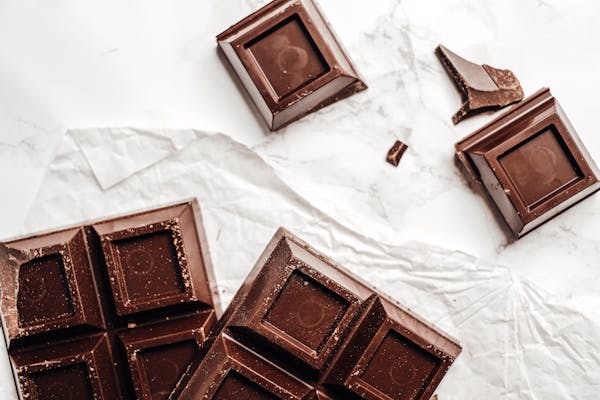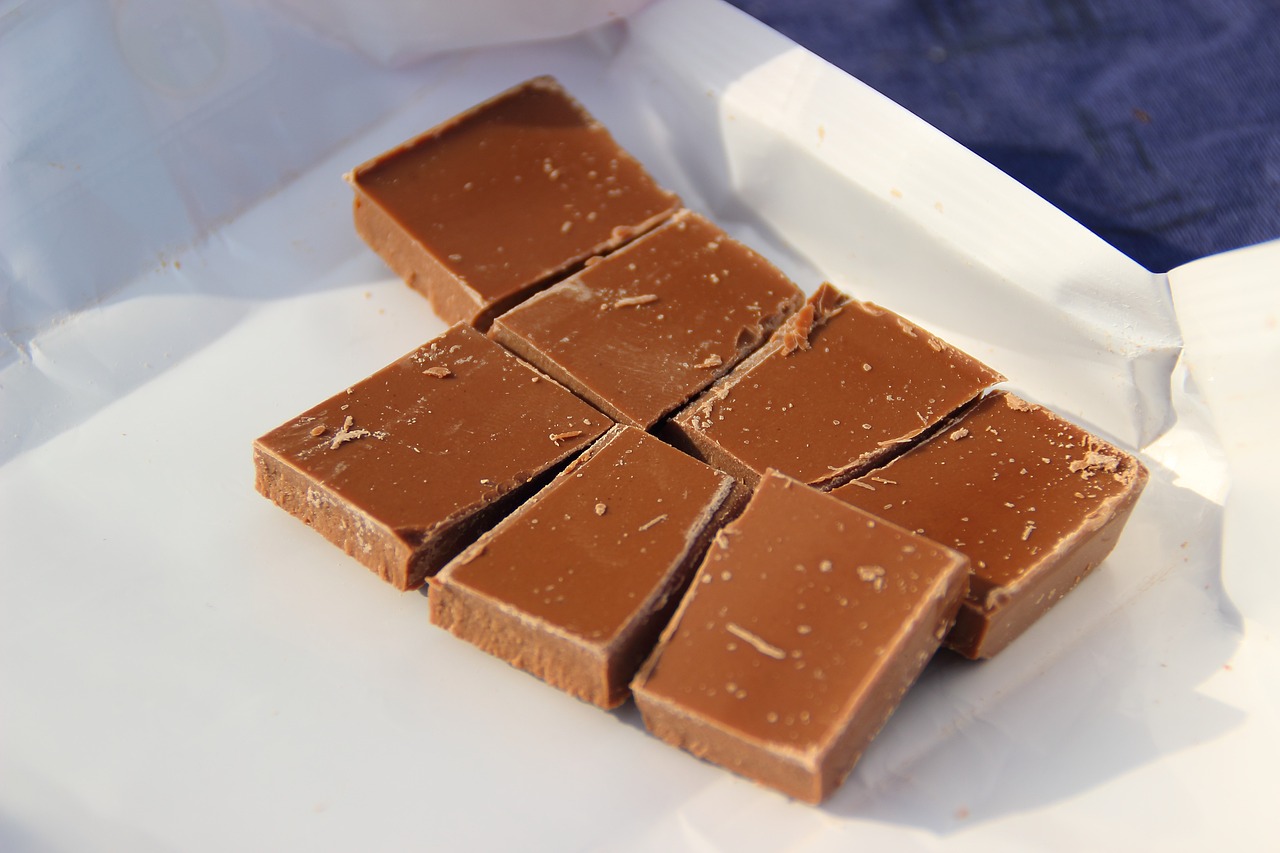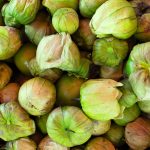In the realm of cherished indulgences, chocolate holds a prestigious position, weaving together centuries of cultural tradition with a rich tapestry of flavors and benefits. Its universal appeal transcends borders, making it a staple in households and celebrations around the globe. Yet, beyond its delicious taste and comforting presence lies a question that intrigues both casual consumers and connoisseurs alike: How much caffeine in chocolate? This inquiry not only delves into the essence of chocolate’s invigorating qualities but also uncovers the intricate dance between two of nature’s most fascinating alkaloids, caffeine and theobromine, hidden within cacao beans.
Let your curiosity lead the way as we delve into the heart of chocolate’s alluring world, uncovering the secrets of its caffeine content and much more. Prepare to be enlightened by the complexities and joys of chocolate, a simple delight that harbors layers of intrigue and pleasure.
Contents
- 1 Understanding Caffeine in Chocolate
- 2 How Chocolate is Made and Caffeine’s Source
- 3 How Much Caffeine In Chocolate?
- 4 How Chocolate Compares to Other Caffeinated Products
- 5 Managing Caffeine Intake from Chocolate
- 6 Reading Labels for Caffeine Content
- 7 Health Considerations and Misconceptions
- 8 Conclusion: How Much Caffeine In Chocolate?
Understanding Caffeine in Chocolate
Chocolate is a beloved treat around the world, prized for its rich flavor and velvety texture. But many people don’t realize that chocolate also contains varying amounts of caffeine, a stimulant present in coffee, tea, and other foods and drinks. This article will explore how chocolate is made, the source of caffeine in cocoa solids, and provide a detailed comparison of caffeine content across different chocolate types.
How Chocolate is Made and Caffeine’s Source
Chocolate originates from the seeds of the cacao tree, Theobroma cacao. These seeds are commonly referred to as “cocoa beans.” To make chocolate, cocoa beans are first fermented, dried, and roasted. The hull of the bean is then removed, leaving behind the nib. The nibs are ground into a paste called chocolate liquor, which consists of cocoa solids and cocoa butter.
See more : How Long To Cook 3 Lb Meatloaf At 350? Simple and Delicious
It is within the cocoa solids that caffeine naturally occurs. Caffeine is present in the raw cacao bean and gets concentrated as chocolate liquor is produced. Therefore, the caffeine content of chocolate depends largely on the amount of cocoa solids present.
How Much Caffeine In Chocolate?
The caffeine content in chocolate varies depending on the type of chocolate. Dark chocolate typically contains more caffeine compared to milk or white chocolate. On average, dark chocolate with 70-85% cocoa contains around 22.7 mg of caffeine per ounce, while dark chocolate with 45-60% cocoa has about 12.2 mg per ounce. Milk chocolate contains approximately 5.6 mg of caffeine per ounce, and white chocolate has 0 mg of caffeine due to its ingredients. The caffeine content in chocolate is primarily found in cocoa solids, with darker chocolates having higher levels of caffeine.
How Chocolate Compares to Other Caffeinated Products

To put chocolate’s caffeine content into context, let’s compare it to other popular caffeinated foods and beverages. An important thing to note is that serving sizes vary considerably:
| Product | Serving Size | Caffeine Content |
|---|---|---|
| Coffee (brewed) | 8 oz | 70-140 mg |
| Espresso | 1 oz | 47-75 mg |
| Black tea | 8 oz | 25-48 mg |
| Green tea | 8 oz | 24-40 mg |
| Cola soda | 12 oz can | 34-38 mg |
| Energy drink | 8 oz | 70-100 mg |
| Dark chocolate | 1.5 oz | 20-35 mg |
| Milk chocolate | 1.5 oz | 10 mg |
As you can see, the caffeine dose from chocolate is relatively small compared to coffee, tea, and energy drinks. However, caffeine’s effects depend on individual sensitivities.
Managing Caffeine Intake from Chocolate
When consuming chocolate, it’s important to be mindful of your total caffeine intake from all sources. Pregnant women are advised to limit caffeine to 200 mg per day at most. Children and adolescents should also limit caffeine. Those sensitive to stimulants may want to opt for white chocolate or lower-caffeine varieties.
See more : Does Air Fryers Cause Cancer? Crispy Food & Hidden Dangers
Some tips for managing chocolate caffeine intake:
- Read labels carefully for cocoa percentages
- Stick to small serving sizes, especially of dark chocolate
- Substitute milk or white chocolate when you want to limit stimulation
- Avoid chocolate later in the day if it impacts your sleep
- Consider your other caffeinated intake from beverages, medication, etc.
Reading Labels for Caffeine Content
When purchasing chocolate, read the packaging carefully to determine caffeine levels:
- Cocoa percentage – This indicates the cocoa solid content of the chocolate. The higher the percentage, the more caffeine present.
- Cocoa liquor/mass in the ingredients – This confirms that cocoa solids are present. White chocolate won’t list this.
- Serving size – Pay attention to the recommended serving size and caffeine dose per serving.
- Certifications – Fair trade and organic labels indicate high-quality cocoa beans.
Clear labeling empowers consumers to make informed choices based on their caffeine needs and preferences.
Health Considerations and Misconceptions

While chocolate can positively impact mood and provide antioxidants, it’s important not to overdo it. Chocolate is high in fat, sugar, and calories, so daily dark chocolate “superfood” advice should be taken in moderation. Caffeine sensitivity is also highly individualized.
Additionally, some assume that milk chocolate has more caffeine than dark chocolate since it contains milk. But milk dilutes the cocoa solid percentage, resulting in less caffeine per serving compared to purer dark chocolate.
Conclusion: How Much Caffeine In Chocolate?
When it comes to caffeine content in chocolate, the key factors are cocoa solid percentage, cacao bean origin, and serving size. Pure dark chocolate contains the most caffeine, providing 20-35 mg per 1.5 ounce serving. Milk chocolate follows with around 10 mg per serving, and white chocolate does not contain caffeine. Caffeine concentration also varies based on where cacao beans are grown. To moderate your chocolate caffeine intake, pay close attention to labels, adjust serving sizes, and consider your other dietary sources of caffeine. While chocolate’s psychoactive compounds certainly provide mood enhancement, enjoy this treat in moderation as part of a balanced diet and lifestyle.

Michael J. Fanola is the chef and owner of Joe’s French Italian Inn Restaurants. He has over 30 years of culinary experience, and his restaurants have been voted “Best Italian Restaurant” by the readers of the Staten Island Advance for many years in a row. Michael is a graduate of the prestigious Culinary Institute of America, and he has worked in some of the most highly acclaimed kitchens in the country.








